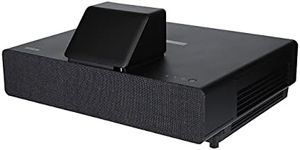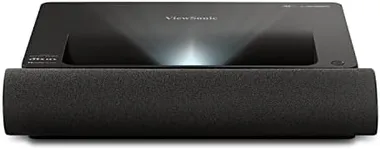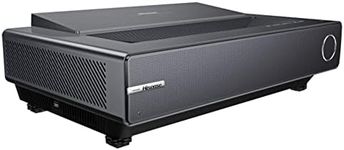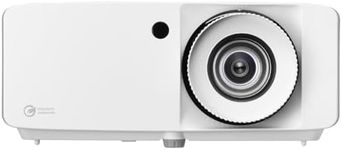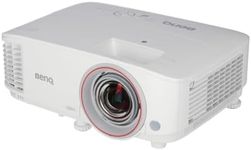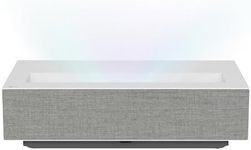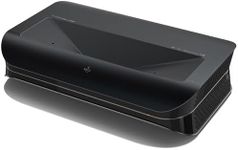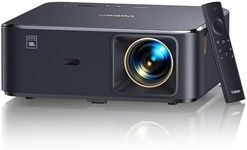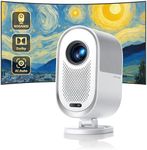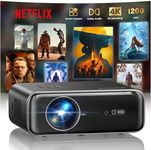Buying Guide for the Best Short Throw Projectors
Choosing the right short-throw projector can transform your viewing experience, whether you're setting up a home theater, a classroom, or a business presentation space. Short-throw projectors are designed to project large images from a short distance, making them ideal for small rooms or spaces where you want to avoid shadows on the screen. When selecting a projector, consider the environment where it will be used, the type of content you'll be displaying, and the level of image quality you desire. Understanding the key specifications will help you make an informed decision that best suits your needs.Throw RatioThe throw ratio of a projector is the relationship between the distance from the projector to the screen and the width of the projected image. This spec is crucial for determining how large an image you can project from a given distance. Short-throw projectors typically have a throw ratio of less than 1:1, meaning they can project a large image from a short distance. If you have limited space, a lower throw ratio is beneficial as it allows you to place the projector closer to the screen. Consider your room size and how close you want the projector to be to the screen when choosing the right throw ratio.
ResolutionResolution refers to the number of pixels that make up the image displayed by the projector. Higher resolution means more pixels and generally better image quality, especially for detailed content like movies or presentations. Common resolutions include HD (1280x720), Full HD (1920x1080), and 4K (3840x2160). If you're using the projector for high-definition movies or gaming, opt for Full HD or 4K. For basic presentations or casual viewing, HD might suffice. Consider the type of content you'll be displaying and choose a resolution that matches your quality expectations.
BrightnessBrightness, measured in lumens, indicates how much light the projector can produce. This spec is important because it affects how well the image can be seen in different lighting conditions. Short-throw projectors typically range from 1000 to 3000 lumens or more. If you plan to use the projector in a room with ambient light, a higher lumen count will help ensure the image is clear and vibrant. For dark rooms, lower lumens may be sufficient. Consider the lighting conditions of your space when selecting the brightness level.
Contrast RatioContrast ratio is the difference between the darkest and brightest parts of an image. A higher contrast ratio means deeper blacks and more vibrant colors, which is important for image quality, especially in movies and videos. Short-throw projectors can have contrast ratios ranging from 1000:1 to 100,000:1 or higher. If you're looking for rich, detailed images, especially in darker scenes, opt for a projector with a higher contrast ratio. Consider the type of content you'll be viewing and the importance of image depth and color vibrancy.
Connectivity OptionsConnectivity options refer to the types of inputs and outputs available on the projector, such as HDMI, USB, VGA, and wireless capabilities. This spec is important for ensuring compatibility with your devices, whether it's a laptop, gaming console, or streaming device. Short-throw projectors often come with multiple connectivity options to accommodate various sources. If you plan to connect multiple devices or use wireless streaming, ensure the projector has the necessary ports and features. Consider your current and future device connections when evaluating connectivity options.
